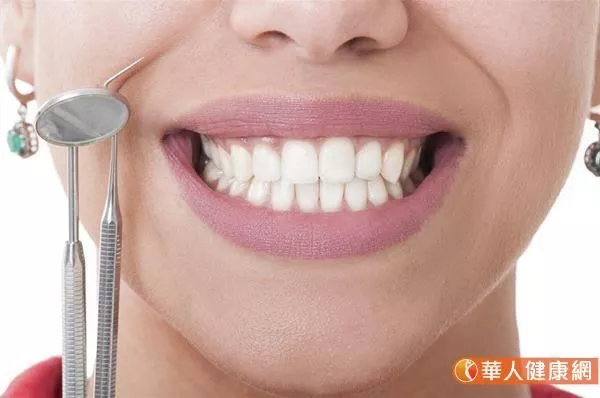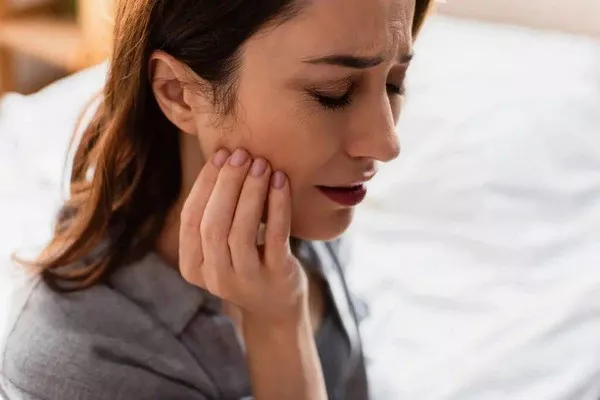A bright, white smile is often associated with good oral health and aesthetics. If you find yourself yearning for a quicker way to whiten your teeth, this article outlines the best practices and methods for achieving a dazzling smile promptly.
1. Professional Teeth Whitening
One of the most effective and quickest ways to whiten teeth is through professional teeth whitening procedures performed by a dentist. Dental offices offer various in-office whitening treatments that use high-concentration bleaching agents. These treatments typically provide noticeable results after just one session, making them an ideal choice for individuals seeking rapid teeth whitening.
2. Over-the-Counter Whitening Strips
For a convenient at-home solution, over-the-counter whitening strips have gained popularity. These strips, coated with a peroxide-based gel, are applied directly to the teeth. Many users report visible results within a few days, making this an accessible and relatively quick option for teeth whitening.
3. Whitening Toothpaste
While not as fast-acting as professional treatments, using a whitening toothpaste is a gradual yet effective method. These toothpaste formulations often contain mild abrasives or gentle chemical agents that help remove surface stains over time. Consistent use, typically twice a day, can lead to noticeable improvements in tooth color.
4. Baking Soda and Hydrogen Peroxide
A home remedy that has been embraced for its teeth-whitening potential involves creating a paste using baking soda and hydrogen peroxide. Baking soda’s mild abrasiveness combined with the bleaching properties of hydrogen peroxide can help lift surface stains. However, it’s crucial to use this mixture sparingly to avoid potential damage to tooth enamel.
5. Oil Pulling with Coconut Oil
Oil pulling, an ancient oral care practice, involves swishing oil in the mouth for an extended period. Coconut oil, in particular, is believed to have antimicrobial properties that may contribute to oral health. While not a quick fix, consistent oil pulling may help reduce surface stains over time and contribute to a brighter smile.
6. Avoiding Staining Substances
Prevention is key to maintaining a white smile. Avoiding substances known to stain teeth, such as tobacco, coffee, tea, and red wine, can significantly impact the whiteness of your teeth. By minimizing exposure to these staining agents, you can preserve and enhance the results of teeth-whitening efforts.
7. Maintaining Good Oral Hygiene Practices
Regular brushing, flossing, and dental check-ups are fundamental to oral health and can indirectly contribute to teeth whitening. Removing plaque and maintaining a clean oral environment not only prevents decay but also helps in reducing surface stains, promoting a naturally brighter smile.
Conclusion: A Brighter Tomorrow for Your Smile
In the pursuit of a whiter smile, it’s essential to consider both professional and at-home options while being mindful of oral health. Professional teeth whitening procedures offer the quickest results, but over-the-counter solutions, home remedies, and preventive measures can contribute to a brighter smile over time. Striking a balance between these approaches ensures a safe and effective journey towards achieving the radiant smile you desire. Remember, consulting with a dentist before starting any whitening regimen is advisable to ensure it aligns with your oral health needs. With the right approach, a brighter tomorrow for your smile is well within reach.
Which whitening strips are safe?
What to do after taking whitening strips off?































